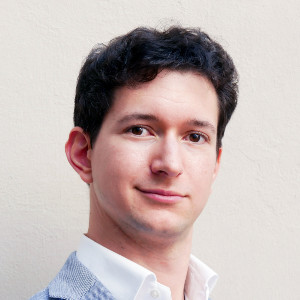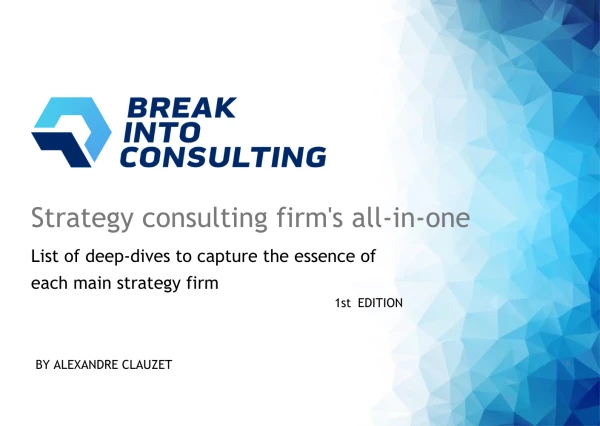Dear all,
I have done several M&A cases recently and I am a little confused about which part I should focus on.
In some case, the main focus is about the synergy and in some other case is to understand the marketplace/product of the target company. There are also cases focusing on the fit between the two companies.
Is there any best way to figure out by asking limited questions to figure out which part the case foucs on?
Thank you very much!













